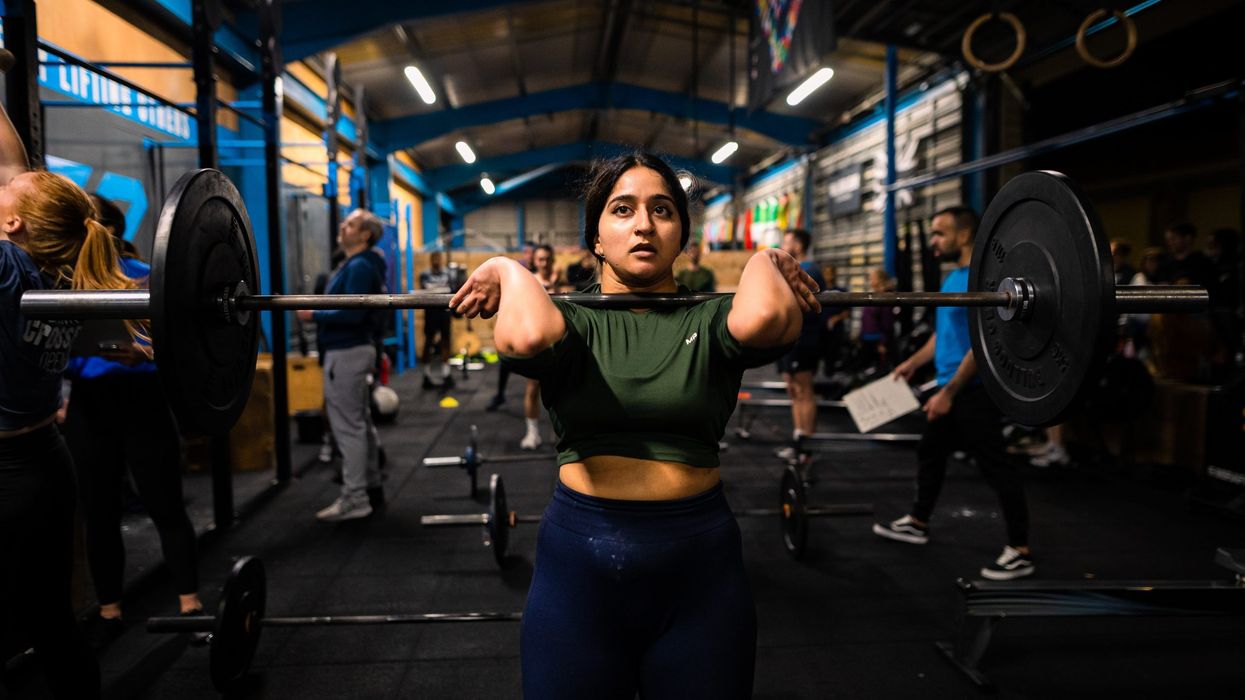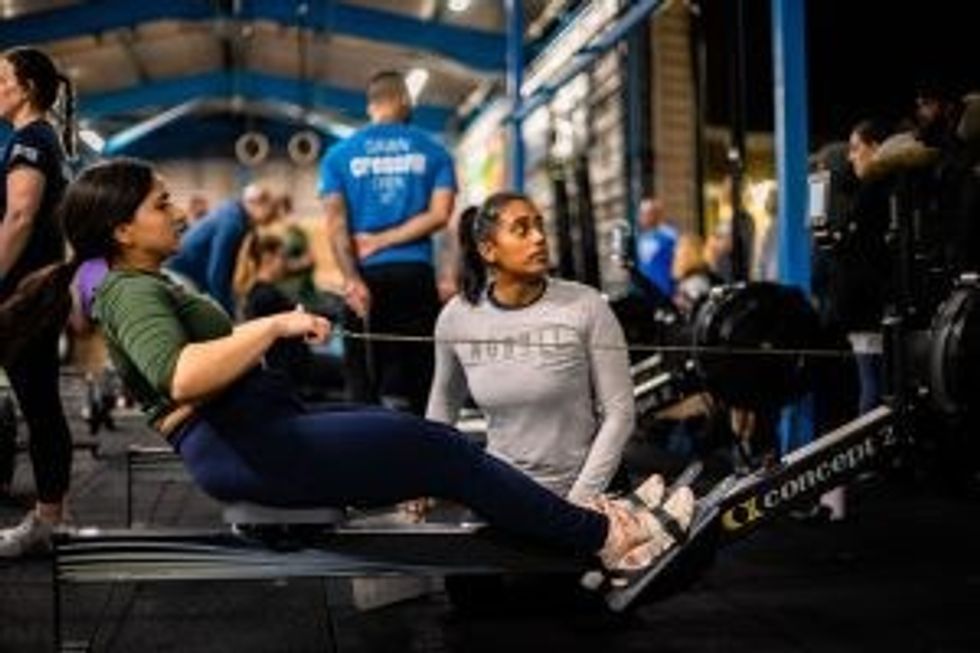The Department of Health and Social Care described inactivity as the ‘silent killer’, and it perhaps worsened after Covid-19 kept everyone locked indoors.
This sedentary lifestyle affects the physical and mental health of many, including amplifying mood disorders, such as depression and anxiety. Exercise is a great remedy for inactivity and an unhealthy lifestyle, but most people don’t know where to start or feel intimidated by the thought of it.
Eastern Eye remedied that by getting London based fitness coach Deepa Goswami to share 20 accessible exercise tips to boost health and start a transformative journey.
Identify: Whether it is Pilates, yoga, lifting, running, or gym group classes, find the fitness form you like. The best workouts are ones you will stick to, so find something enjoyable. If you want quiet time opt for a solo programme, but if you thrive on social interaction go for group classes. There are many options away from the gym like walking, dancing, or taking up a sport.
Goals: Without a goal, it’s easy to lose sight of why you started a fitness journey. Whether it is losing extra kilos, adding muscle, or getting in shape for a special occasion, write it down and keep yourself accountable. Get someone to check in on you like family, friends, or a personal trainer.
Discipline: No one wants to leave a comfy bed to exercise, but this is when you remind yourself of your long term goal and rely on commitment, by treating going to the gym as you would brushing your teeth.
Realistic: Don’t take on too much at once. Start by setting smaller goals and make sure you achieve them. It could be as simple as going to the gym once a week, instead of promising to do it five times and losing motivation after it doesn’t happen.
Home care: Putting in 110 per cent effort in the gym is pointless if you’re only doing five per cent at home. Eat. Sleep. Recover. Remember, you break down muscle in the gym and build it during recovery, ready for the next workout. Essential restoration of the mind and body happens when we get good sleep. Muscle growth happens after the workout rather than during the session, which makes rest and recovery equally important.

Nutrition: Abs are made in the kitchen. Progression in fitness happens when you eat a balanced meal with enough vitamins and protein. Learn about how much you should eat for your body and goals, along with the right foods.
Hydrate: Water keeps basic bodily systems functioning, along with aiding in digestion, recovery from workouts and keeping you fuller between meals, which helps to avoid overeating. We’re 60 per cent water, so keep refuelling.
Technique: Incorrect techniques make an exercise less effective and can lead to injury.
Work with someone experienced, like a coach, and reap the full benefits of training.
Ask questions: Gym environments and equipment can be overwhelming. Never be afraid to
ask for help, especially if it’s your first time. Most gym staff are happy to help. Ask for a quick gym tour or a demo of the machines.
Buddy up: Showing up is the first step to getting in a good workout. Having someone with
you minimises skipping gym trips and you can motivate one another. You can also join a class environment and make like-minded friends to work out with.
Stretch: A stiff body is an injured body. Warming up before a session prepares our bodies physically and mentally and helps prevent injury, by getting essential fluids and blood flowing around the joints and muscles. This can be with dynamic stretching or a light walk. Cooling downs afterwards helps lower our heart rate, after a high energy session with relaxing stretches.
Appropriate attire: You don’t want to worry about leggings riding up in a squat or extra loose t-shirts falling over the face in a downward dog. Tight clothes can restrict blood flow, and anything too loose can get caught in equipment. Wear something that won’t get too hot or too cold. Get it just right, think Goldilocks.
Schedule: Whether it is in the early morning, after work or a walk during a lunch hour, learn to work around your schedule. Find a time of day that suits you, to get the work done.
Rest days: More doesn’t mean better. To keep workouts beneficial, it is essential to rest in between exercise days, otherwise you’ll be burnt out, injured or demotivated.
Keep it fresh: To prevent boredom in your exercise routine, learn a new skill or sport to keep fit, or change up your gym routine.
Coaching: You may think personal training is too expensive, but it is a long-term investment
in yourself. It can help you reach goals quicker, and more effectively. Perhaps budget by taking away unnecessary expenses that take you further away from your goals! It will keep you accountable, teach you correct and safe techniques, and help achieve fitness goals.
Don’t compare: Your journey is unique. Do not compare yourself with others and remember they were once in the same place as you. Be patient and focus on your own progress.
Stick to it and soon someone will look at you and be inspired.
Universal: Remember everyone can take up exercise irrespective or age, size, shape, ability,
disability, or mobility issues. There is something available for everyone.
Have fun: The journey towards better health will become more enjoyable as you progress.
Have fun while doing it and remember, you can do this.
Instagram: @deeswami














